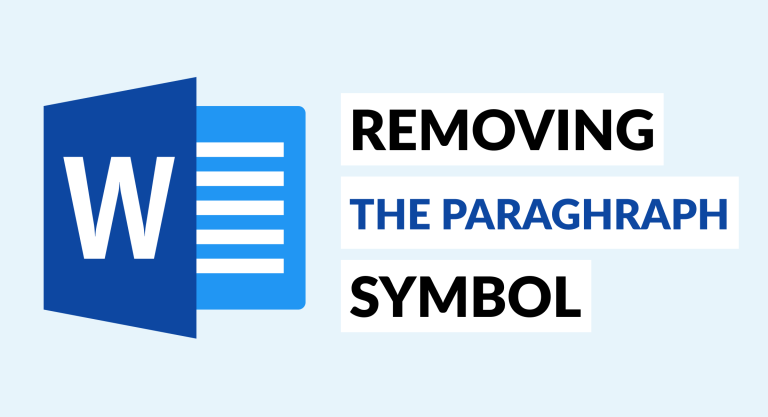
How to Add Google Tag Manager to NetSuite: A Step-by-Step Guide
- Guides
- 4 min read
Are you ready to supercharge your NetSuite experience with Google Tag Manager (GTM)? Whether you’re looking to track user behavior, improve marketing efforts, or gather actionable insights, integrating GTM into NetSuite is a game-changer. Let’s walk you through the process in a way that even a beginner can understand. Ready? Let’s dive in!

Why Add Google Tag Manager to NetSuite?
Before jumping into the how, let’s quickly cover the why. Google Tag Manager simplifies managing multiple tracking codes, scripts, and marketing tags on your website. By integrating GTM with NetSuite, you can:
- Track User Behavior: Gain deep insights into how users interact with your NetSuite platform.
- Improve Marketing Campaigns: Measure campaign success with accurate tracking.
- Save Time: Add, edit, or remove tags without involving developers for every minor change.
Still not convinced? Trust us – this is worth the effort.
What You’ll Need Before Starting
Before we get into the nitty-gritty, make sure you have the following:
- Google Tag Manager Account: If you don’t have one, sign up for free here.
- Access to NetSuite Admin Settings: You’ll need admin rights to edit the HTML templates.
- Your GTM Container Code: This is provided when you create a container in Google Tag Manager.
Step 1: Create a Google Tag Manager Container
If you already have a GTM container, skip ahead. If not, here’s how to set it up:
- Go to Google Tag Manager.
- Log in with your Google account.
- Click Create Account, then follow the prompts to set up your container.
- Once created, Google will provide two pieces of code: one for the <head> and one for the <body> sections of your site.
📌 Pro Tip: Copy these codes and save them in a safe place – you’ll need them soon!
Step 2: Access NetSuite’s Customization Menu
- Log in to your NetSuite account as an admin.
- Navigate to Customization → Scripting → Scripts.
- Look for the HTML Templates section where you can add custom scripts.
Not sure where to find it? Don’t worry – NetSuite’s UI can be tricky at first, but with a little patience, you’ll locate it.
Step 3: Add the GTM Code to Your NetSuite Templates
Now, this is where the magic happens.
- Open your NetSuite HTML template editor.
- Paste the first part of the GTM code (the <head> code snippet) inside the <head> section of your template.
- Next, paste the second part of the GTM code (the <body> code snippet) right after the opening <body> tag.
🎯 Important Note: Make sure you don’t accidentally delete any existing code in your template – it could cause your NetSuite pages to break.
Step 4: Test Your GTM Setup
You’ve added the code, but is it working? Here’s how to check:
- Go back to Google Tag Manager.
- Open your container and click on Preview mode.
- Navigate to your NetSuite site. If everything is set up correctly, you’ll see a GTM debug window showing the active tags.
Step 5: Publish Your Changes
Once you’ve confirmed that GTM is working as expected, it’s time to go live:
- In Google Tag Manager, click Submit in the container workspace.
- Add a version name and description (e.g., “Initial NetSuite Integration”) and hit Publish.
Congratulations! Your Google Tag Manager is now fully integrated with NetSuite.
Common Issues and Troubleshooting Tips
Let’s face it: tech doesn’t always play nice. If you run into trouble, here are some quick fixes:
- GTM Debug Mode Not Showing: Double-check that the GTM code is correctly pasted into your NetSuite templates.
- Tags Not Firing: Ensure your tags are properly configured within GTM.
- NetSuite Errors: If the site breaks, revisit your HTML templates to confirm no other code was affected.
FAQs About Google Tag Manager and NetSuite
- Can I use GTM to track custom events in NetSuite? Absolutely! Once GTM is set up, you can create custom events to track user interactions, such as button clicks or form submissions.
- Is it safe to edit NetSuite HTML templates? Yes, as long as you back up the original code before making changes. Always test thoroughly after editing.
- Do I need developer help to integrate GTM? Not necessarily. This guide is beginner-friendly, but if you’re uncomfortable working with code, it’s okay to ask for help.
Adding Google Tag Manager to NetSuite might seem daunting at first, but once you break it down into steps, it’s a straightforward process. The benefits far outweigh the initial setup effort, offering you enhanced tracking, better marketing insights, and improved efficiency.
So, what are you waiting for? Follow this guide and take your NetSuite experience to the next level. Got questions? Drop them in the comments below!
Enjoyed the reading?
Subscribe to our fresh artiles, product updates and news

